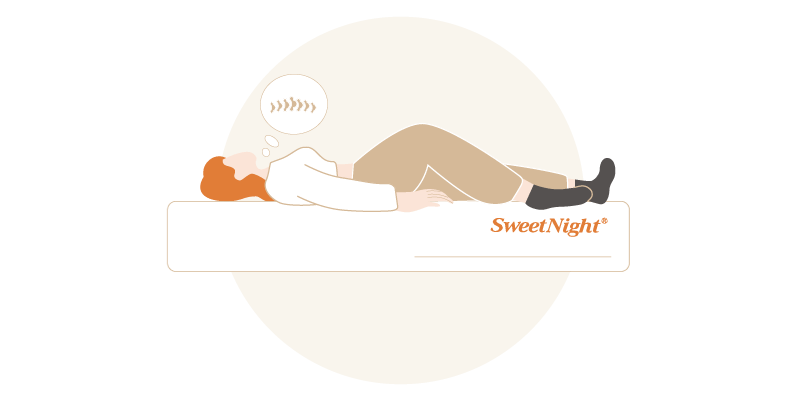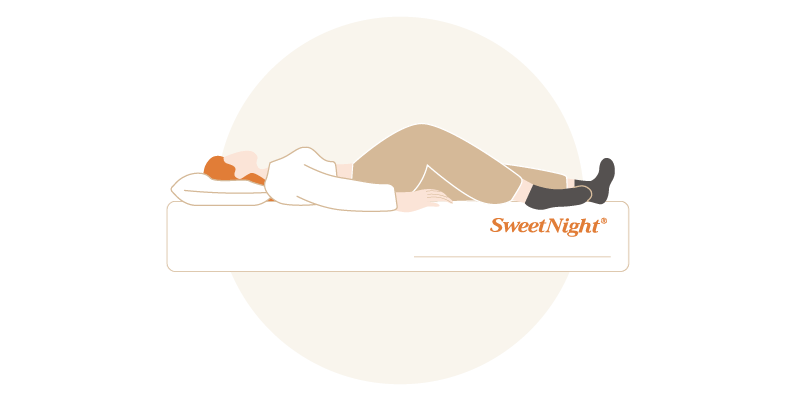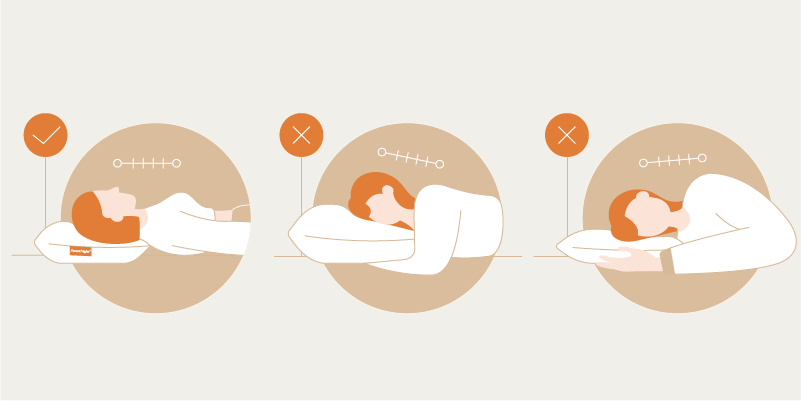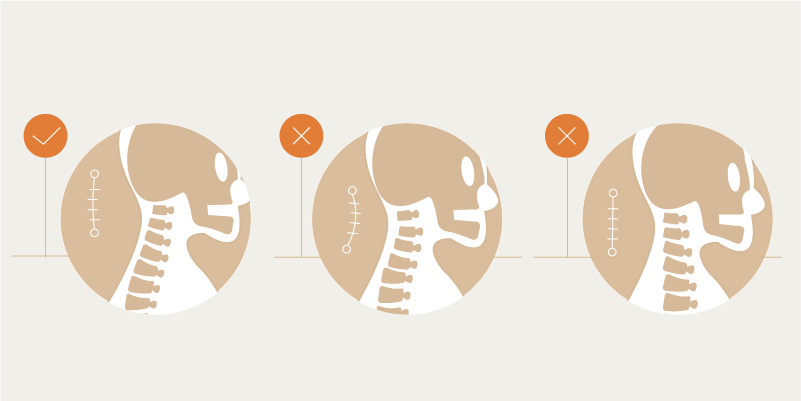Learning Center
IS IT BETTER TO SLEEP WITHOUT A PILLOW
This is another great pillow debate, pillow-less sleep seems like an unconventional choice, but with growing attention to this topic, more and more thought it is a great option for maintaining a proper spinal alignment and reducing the risks of waking up with crick. In this blog, we are about to talk about sleeping without a pillow.
You still can get into a comfortable sleeping posture and get a good night’s rest without a pillow. However, don’t forget these preconditions. Sleeping with your shoulders and ears in a straight line is the best position. In order to get a good night’s sleep, it is therefore more important to choose the right sleeping posture than it is to use a pillow. There are several things to take into account, including your preferred sleeping positions, the firmness of your mattress, the height of your pillow, and any underlying medical issues.

CONTENTS
- Mattress Firmness
- Seeping Positions
- Conclusion
MATTRESS FIRMNESS

A pillow is not only to support your head, the most important mission for it, is to prop your neck. An ideal mattress is ideal for getting a restful night’s sleep, which is necessary for maintaining a healthy lifestyle. A perfect mattress must not only evenly distribute your weight but also be soft enough to let your body sink at a “just right” distance that can balance your body and won’t be difficult to turn over in bed. However, since most mattresses are not designed to fill the gap between your neck and it, you’ll need a single pillow to support your neck. Just make sure your mattress is soft enough to let your head and neck sink in while still providing adequate support before you want to attempt pillow-less sleep.
SLEEPING POSITIONS
FOR BACK SLEEPERS

Sleeping on your back is a terrific technique to support your head, neck, and back from the standpoint of contemporary anatomy. While lying on your back, place a pillow under your knees to help ease lower back pain and stiffness. You may reduce neck strain and allow your entire body to rest by using a pillow that has been scientifically developed to support your head and neck. Consider sleeping on your side if sleeping on your back increases the risk of snoring. A pillow that is too high or too low can cause the neck to flex excessively over time, straining the ligaments and impairing the stability of the neck vertebrae.
FOR SIDE SLEEPERS

When it comes to side sleeping, it’s worth noting that a pillow is the unsung hero. You don't want your head to be stretched out like a wilting flower. Not at all. To support those shoulders and attain that crucial spinal alignment, you need the ideal pillow that can support your neck and head to achieve a tension-free position.
FOR STOMACH SLEEPERS

This sleeping position strains your stomach muscles in addition to placing too much pressure on your cervical spine and lower back. The sternocleidomastoid, trapezius, and levator scapulae muscles in your neck become chronically stiff when you sleep on your stomach because your head and neck have to be rotated to the side for extended periods of time (to aid breathing). Waking up with a stiff or tight neck can be caused by this. In order to support your head and neck in this position, it is advisable to use a very thin or soft pillow. To maintain your spine relatively straight and relieve pressure on your neck, shoulders, and lower back if you don’t need a pillow, at least make sure your head is level with the mattress. But can you really consider all of these things while you’re unconscious in sleeping?
CONCLUSION

The main benefit of using a pillow is to protect your cervical spine as you sleep. As our lifestyles change, it is imperative to address cervical concerns when sleeping. The physiological curve of the neck may transform if you don’t use a pillow correctly, among other issues. This may lessen the cervical spine’s natural curve, making it straighter, or perhaps resulting in cervical hyperlordosis. Due to the traction on the vertebral artery, this might result in serious problems including migraines, vertigo, sympathetic cervical spondylosis, or vertebral artery cervical spondylosis. It may, in extreme circumstances, lead to cervical disc herniation. A pillow is essential for preserving the neck’s natural curve and maintaining appropriate physiological function while you sleep. A quality pillow if you want to maintain the natural curve of your neck and get a good night’s sleep. Without one, you’re just asking for trouble, in the long run, imagine cervical spondylosis, subpar sleep, and a twisted spine. Therefore, let's be sensible and take care of our necks. Get a comfortable pillow and have a restful sleep. Your neck will appreciate it.






